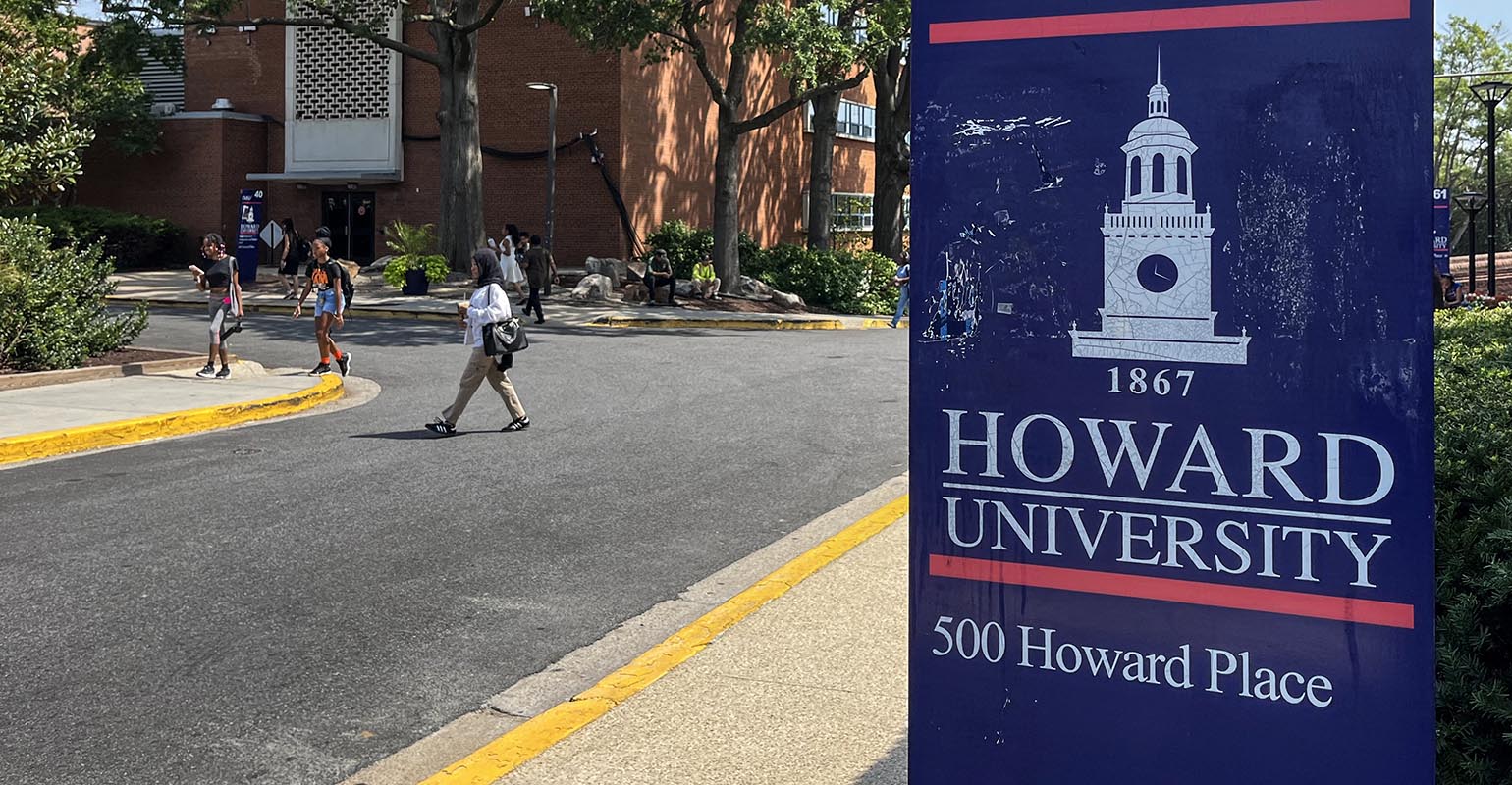Four Tips to Building a Financially Realistic College List


It’s the time of year when high school seniors create their college lists.
List building is a critical part of the college admission process and it’s all too easy to make serious academic and financial mistakes. This is especially true if parents let 17- and 18-year-olds pick the schools they want to attend. It’s not uncommon for teenagers to choose colleges for such dubious reasons as the following:
With these kinds of wishes, it’s no wonder that roughly a third of full-time students who attend a private or public four-year institution end up transferring to another school.
With all this in mind, here are some smart list-building tips.
1. Remind the Kids That Cost Matters
Urge your clients not to let their kids drive the hunt for a college that could cost anywhere from $150,000 to $400,000! Would parents entrust their kids to make that kind of household financial decision on any other big-ticket item?
Parents start off badly by allowing the students to pick the colleges and universities to visit on fun college tours without knowing what they will cost the family. The worst position that parents can take is to tell their child some version of this: Honey, apply to the schools you really want to attend, and we will figure out how to make it financially happen.
A few years ago, I had that scenario happen to a family member. I told my relative that his son would not get a price break from New York University, but he let him apply to see what happened. What happened was that the teenager got into NYU, and he guilted his dad into letting him attend and ignored the schools offering scholarships.
2. Do the Math Before You Apply, Not After.
Run net price calculators on schools a child is interested in before letting him or her apply.
The net price represents what a student will have to pay after scholarships and grants from the school itself, as well as from the federal and state governments, are subtracted. This figure is the true price of a college because it only considers free money and disregards loans when calculating the cost of a school.
Let’s say, for example, that a college costs $80,000, and the student will receive a $25,000 award from the school and a $5,000 state grant. The net price for this student would be $50,000. If this isn’t in the family’s budget, the parents can tell the child that he/she can apply, but if the net price calculator is accurate, this college will be off-limits.
All schools participating in the federal financial aid system must include a net price calculator for freshmen on their websites; some also offer a calculator for transfer students.
3. Consider Re-testing
Have a conversation about whether to take the SAT or ACT again. Teenagers usually take one of the standardized tests in the fall or spring of their junior year in high school. Students, however, who retake the SAT in the fall of their senior year, on average, improve by 40 points.
While most schools have remained test-optional since the pandemic, the vast majority are happy to accept a student’s ACT or SAT score. Better scores can lead to greater odds of acceptance and larger award packages.
Families should also ask schools about their SAT and ACT super-scoring policies. Superscoring is relevant when a student endures the SAT or ACT more than once. With super scoring, a school will take the highest-scoring component over multiple tests. For instance, let’s say a student earned a 600 on math and 570 on reading on the SAT. In the next sitting, the student earned 580 in math and 590 in reading. The total score – 1170 – is the same, but with super scoring, the college will take the highest math and reading scores (600 and 590), bringing the ultimate score to 1190. This might seem small, but superscoring can bring additional aid to a student.
The vast majority of schools super score a student’s SAT scores, but not nearly as many super score the ACT. If this is relevant, make sure to ask individual schools their super scoring policies.
4. It’s Not Where You Go; It’s What You Do
Parents need to explain to their children that where they attend college isn’t nearly as important as the major they select and what they do at whatever college they attend.
I’d urge families to read a reassuring Stanford research report entitled, A “Fit” Over Rankings: Why College Engagement Matters More Than Selectivity.
And finally, please read my July column that discusses the importance of academic discipline selection even within individual colleges and universities.
Lynn O’Shaughnessy, a nationally recognized college expert, offers an online course – Savvy College Planning – exclusively for financial advisors. Click here to get Lynn’s guide, Finding the Most Generous Colleges.

Graduate PLUS loans will no longer be available to new borrowers starting July 1, 2026. Parents and graduate students will...

With fraudsters and deceptive tactics continuously improving, it can be tricky to separate the legitimate loan companies from the scam artists. However, it’s an...

When it comes to retirement accounts, the biggest debate that continues to rage on is this: Traditional IRA vs. Roth...